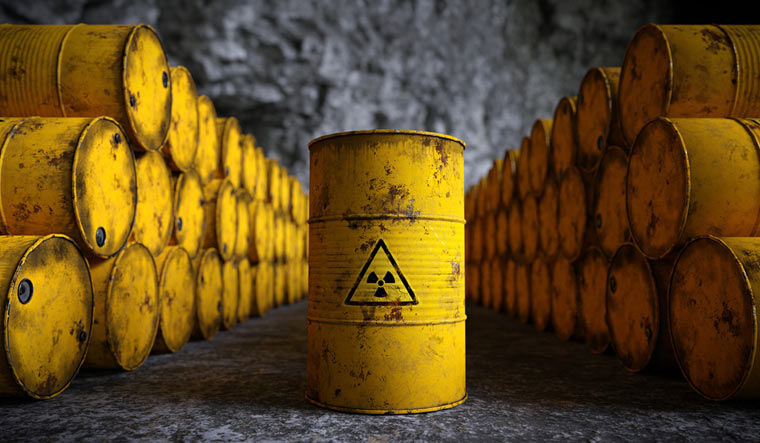The state of Florida may be considering the use of a radioactive waste byproduct from fertilizer production, called phosphogypsum (PG), in road construction. This comes after the passing of a bill by the Legislature that would require a study to be conducted about the use of PG in road construction aggregate materials.
Currently, the US Environmental Protection Agency (EPA) requires that PG be placed in stacks that resemble enormous ponds. Florida alone has 24 such stacks, totalling about 1 billion tons of PG, with an additional 30 million tons generated each year through the phosphate fertilizer mining industry.
The EPA had authorized the use of PG in government road construction projects in 2020, but reversed its decision after Democratic President Joe Biden took office. Environmental groups have raised concerns about the potential for PG to spill into waterways and elsewhere during storms, as well as the exposure of the public and environment to radiation if PG is used in roads.
Phosphogypsum is the radioactive waste from processing phosphate ore into phosphoric acid, which is predominantly used in fertilizer. Radium-226, found in PG, has a 1,600-year radioactive decay half-life. In addition to high concentrations of radioactive materials, PG can also contain significant amounts of sulfur, arsenic, barium, cadmium, chromium, copper, fluoride, lead, and zinc.
Environmental groups have warned about the dangers of using PG in road construction, citing its potential harm to public health and the environment. They argue that it may remain radioactive for thousands of years and that PG poses particular threats to workers constructing the roads and nearby residents because of the radon gas it emits, which can cause serious harm to health, including cancer, genetic damage, and birth deformities.
A leak in March 2021 at a stack called Piney Point resulted in the release of an estimated 814 million litres of polluted water into Tampa Bay and caused massive fish kills. The EPA regulates PG due to its high concentration of radium-226, a naturally occurring radioactive substance that produces radon gas, a hazardous air pollutant.
It remains to be seen whether Florida will move forward with using PG in road construction, as Governor Ron DeSantis has yet to sign the bill into law. However, the issue raises important questions about the proper disposal of hazardous waste and the potential risks associated with its use in everyday infrastructure projects. As the debate continues, environmental groups are calling for caution and a focus on safe and sustainable alternatives.


